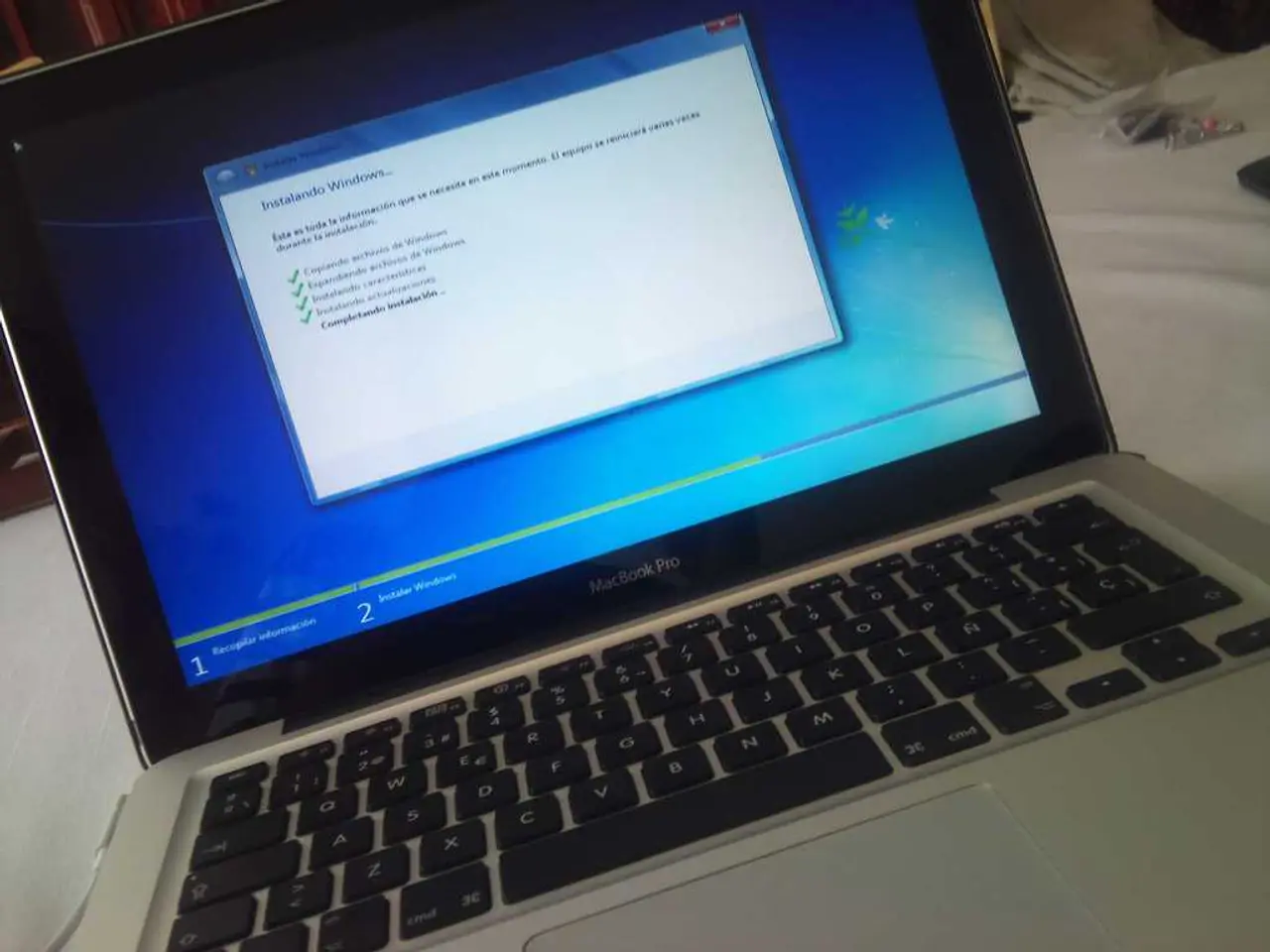Lido DAO Announces Dual Governance System for stETH Holders' Management
Locked and Loaded: When Stakers Take Control
Lido DAO has rolled out its unique Dual Governance system that empowers regular stakers to make their voices heard and even halt controversial proposals. The key component of this system is the ability to lock stETH, wstETH, or withdrawal NFTs in an escrow contract through a timelock and "rage quit" mechanism. This move gives stakers leverage and control over governance decisions, fostering protocol stability.
From Timelock to Riot Mode: Empowering Stakers
Lido DAO's Dual Governance introduces a two-tiered protective wall for stETH holders. Initiating a timelock on governance proposals is set in motion when stakers lock a minimum of 1% of Lido's Ethereum TVL. If the locked amount escalates to 10%, the "rage quit" function is activated, which prevents proposal execution until all escrowed stETH is converted back to ETH. This strategy ensures that stakers can push back against contentious decisions, fostering trust in the protocol's governance.
A Tug-of-War between LDO Holders and stETH Stakers
The Dual Governance mechanism seamlessly integrates stETH holders into the governance fold traditionally dominated by LDO token holders. Through a dynamic timelock and staking mechanism, stETH holders can now weigh in on crucial decisions, providing a powerful veto mechanism. In addition, de-escalation safeguards are in place: stakers can withdraw their stakes before a rage quit is triggered, and the DAO retains the ability to cancel proposals during the timelock.
The proposal provides a comprehensive blueprint of its technical and operational foundations, detailing design specifications, reasoning behind parameter choices, rollout strategies, and risk mitigation measures. The Lido DAO community is collaboratively reviewing the framework to uphold long-term protocol integrity and adapt to the ever-evolving Ethereum staking landscape.
Bulwarking the Protocol: Giving Stakers a Getaway Route
The introduction of Dual Governance underscores Lido's mission to fortify the protocol against decisions that don't align with stakers’ interests. By offering controlled exit options, the system strives to create a more responsive governance model where stakers can directly protect their assets and interests. This is a prime example of the shift towards empowering users and distributing decision-making power more equitably in the decentralized finance world.
next Step: Entering the Abyss – Implementing Dual Governance
Lido DAO is busy fixing the technical infrastructure of the Dual Governance mechanism in preparation for thorough audits. Communities will be kept in the loop during this process, ensuring alignment with larger stakeholder interests. The ultimate goal of deployment aims to unveil a secure, fair, and efficient governance model that promotes protocol resilience and sets a standard for decentralized, participatory governance across the expanding DeFi universe by prioritizing staker autonomy and DAO accountability.
Bonus Information
Lido DAO's Dual Governance mechanism innovatively boosts staker involvement in decision-making, prevents unilateral DAO decisions harming stakers, and constructs a framework that balances power between token holders and stakers. It strengthens autonomy for stakeholders tied to the protocol while maintaining orderly governance processes, fostering a more inclusive, balanced, and resilient ecosystem for the Ethereum staking landscape.
- The Power of Lido's Dual Governance (Bankless DAO)
- Decentralized Governance: Lido's Dual Governance Proposal (Medium)
- Staking and Governance Evolution: Dual Governance in Lido Finance (Binance Academy)
- Lido DAO's Dual Governance system empowers ordinary stakers by allowing them to voice their opinions and halt questionable proposals through a timelock and "rage quit" mechanism.
- With Dual Governance, stETH holders now have a two-tiered protective system to safeguard their interests and block decisions that don't align with their preferences.
- Through dynamically timed locks and staking mechanisms, stETH holders are now integrated into the governance process, giving them a veto power over crucial decisions.
- Lido's Dual Governance mechanism aims to create a more responsive governance model, offering controlled exit options to stakers for direct asset and interest protection.
- Lido DAO is currently enhancing the technical infrastructure of Dual Governance, prioritizing security, fairness, and efficiency in preparing for audits and community updates.
- The implementation of Dual Governance has the potential to establish a standard for decentralized, participatory governance across the DeFi universe, advocating for staker autonomy and DAO accountability.








